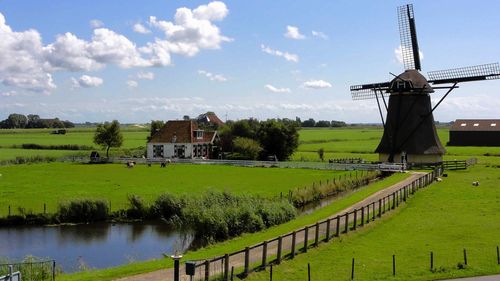Discover the Top 8 Benefits of Media and Information Literacy
Media and information literacy (MIL) refer to the capacity to access, analyze, and evaluate various media types, including text, images, audio, and video, as well as the information they contain. With the continuous growth and diversification of information channels, MIL becomes increasingly critical to personal growth, professional development, and social participation. Here are the top 8 benefits of Media and Information Literacy:
1. Critical Thinking and Problem-Solving
MIL empowers individuals to think critically and solve problems creatively. By learning the skills to access, analyze, and question media content and information sources, individuals can develop a critical perspective on the world around them. This allows them to identify biases, misinformation, propaganda, and other forms of manipulation, as well as to identify valid sources of information.
2. Enhanced Communication Skills
MIL helps individuals become effective communicators, both in person and online. By understanding how media works, individuals can better express their ideas, interests, and opinions, as well as to communicate and collaborate with others. This enhances their ability to form relationships, manage conflicts, and negotiate differences.
3. Media Awareness and Literacy
MIL helps individuals learn how to use media effectively and responsibly. It enables them to identify and navigate various media types, including print, broadcast, and online media, as well as social media platforms. This helps them become better informed and more engaged citizens, as they can assess the quality, relevance, and credibility of different sources of information.
4. Improved Digital Citizenship
MIL promotes responsible digital citizenship by teaching individuals how to avoid online threats such as hacking, phishing, and cyberbullying. It also exposes users to the benefits and risks of social media, allowing them to manage their online image and reputation effectively.
5. Personal and Professional Growth
MIL can lead to personal and professional growth by opening up new opportunities for learning, creativity, and innovation. By mastering media and information technologies, individuals can explore new fields and disciplines, develop new skills and competencies, and enhance their employability and career prospects.
6. Lifelong Learning
MIL fosters a culture of lifelong learning by promoting the acquisition of new knowledge and skills. It encourages individuals to seek out information, reflect on their learning experiences, and engage in continuous self-development.
7. Civic Engagement and Social Participation
MIL empowers individuals to become active and informed participants in their communities and society at large. By accessing and evaluating information from diverse sources, individuals can act as responsible citizens, holding those in power accountable, and promoting social justice and equality.
8. Cultural Understanding and Respect
MIL promotes cultural understanding and respect by exposing individuals to different perspectives, ideas, and values. It enables them to appreciate the richness and diversity of the world around them, as well as to develop empathy, tolerance, and respect for others.
In conclusion, media and information literacy has numerous benefits and is critical in today’s world. It enables individuals to become better informed, better communicators, and better digital citizens. It supports personal and professional growth, fosters lifelong learning, and encourages civic engagement and cultural understanding.
(Note: Do you have knowledge or insights to share? Unlock new opportunities and expand your reach by joining our authors team. Click Registration to join us and share your expertise with our readers.)
Speech tips:
Please note that any statements involving politics will not be approved.
